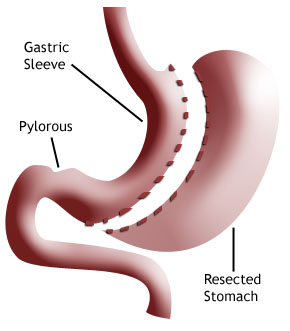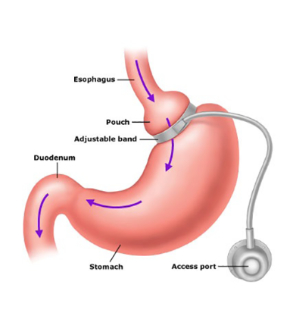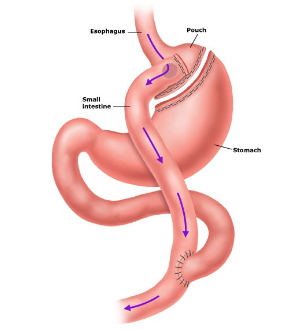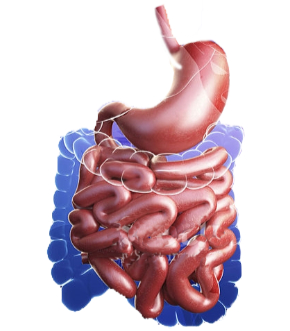
What Is Bariatric Sleeve Surgery?
Bariatric sleeve surgeries are more available than ever before, thanks to increased coverage from most insurance plans. Thousands of patients are exploring bariatrics and loving their results. But what is a bariatric sleeve surgery, and is it right for you? A gastric sleeve can easily support and enhance your weight-loss journey, but you should know some important information before booking your first appointment.
Bariatric gastrectomy procedures are a permanent solution for those seeking to lose weight. This procedure is not reversible but allows patients to continually lose weight and keep it off with the right support. The gastric sleeve works by restricting the size of the stomach to a third of its original amount. Limiting the size of the stomach allows a person to eat a smaller and amount of food while still feeling satiated.
Your surgeon will conduct the bariatric sleeve procedure under general anesthesia, taking approximately 45 minutes to complete the operation. This procedure is extremely safe, with a major surgical risk of 1.49%. During the procedure, the stomach is cut and stapled creating a long tube that holds around 2 to 3 ounces of food. Most patients can return home the following day and return to a non-physical job 14 days from surgery.
Controlling Hunger with the Gastric Sleeve
If you decide to have a gastric sleeve procedure, you’ll find that one benefit is controlling hunger. Bariatric sleeve surgery reduces hunger by restricting the size of the stomach to containing 2 or 3 ounces of food. This restriction also results in the reduction of Ghrelin–the hormone in your body that promotes hunger. This hormone is produced in the tissue of the stomach. Since 2/3 of the stomach is removed during the gastric sleeve procedure, the production of Ghrelin is greatly reduced.
Finding Support After Bariatric Sleeve Surgeries
Long-term support is critical after gastric sleeve gastrectomy procedures. This type of support relies on a compassionate staff and proven tools to help you on your weight-loss journey. Support from a team of dedicated professionals is critical not only to initially losing the weight but keeping it off in the future.
Weight loss relies on building healthy diet and exercise habits. Rather than performing the surgery and leaving patients to figure things out on their own. A staff that is dedicated to your success will work with you to build healthy habits and closely monitor your progress. Tri State Bariatrics provides patients support with monthly visits for the first two years after surgery, weekly tracking of your progress, and by connecting you with compassionate staff who understand what you need.
Trust Tri State for Sleeve Gastrectomy in New York
New York residents can rely on Tri State Bariatrics for sleeve gastrectomy. Our practice specializes in long-term solutions for weight loss and providing genuine care for patients. The surgeons and staff are dedicated to welcoming everyone and guiding them on their journey to a healthier life.
Those interested in bariatric surgery can learn more by watching our free online seminar.



